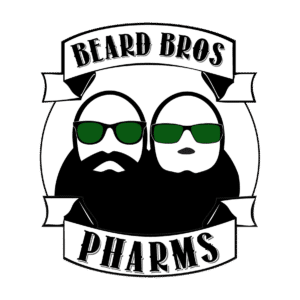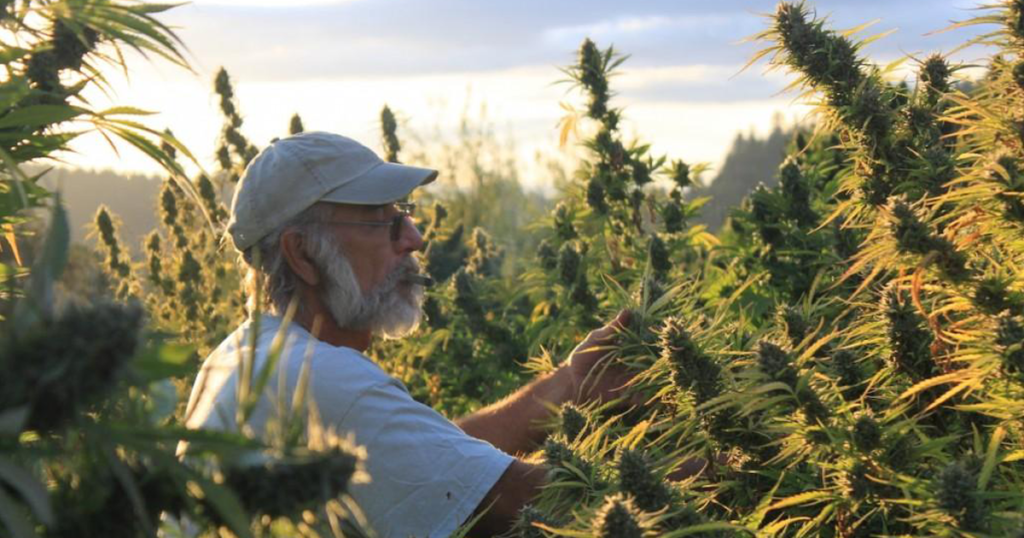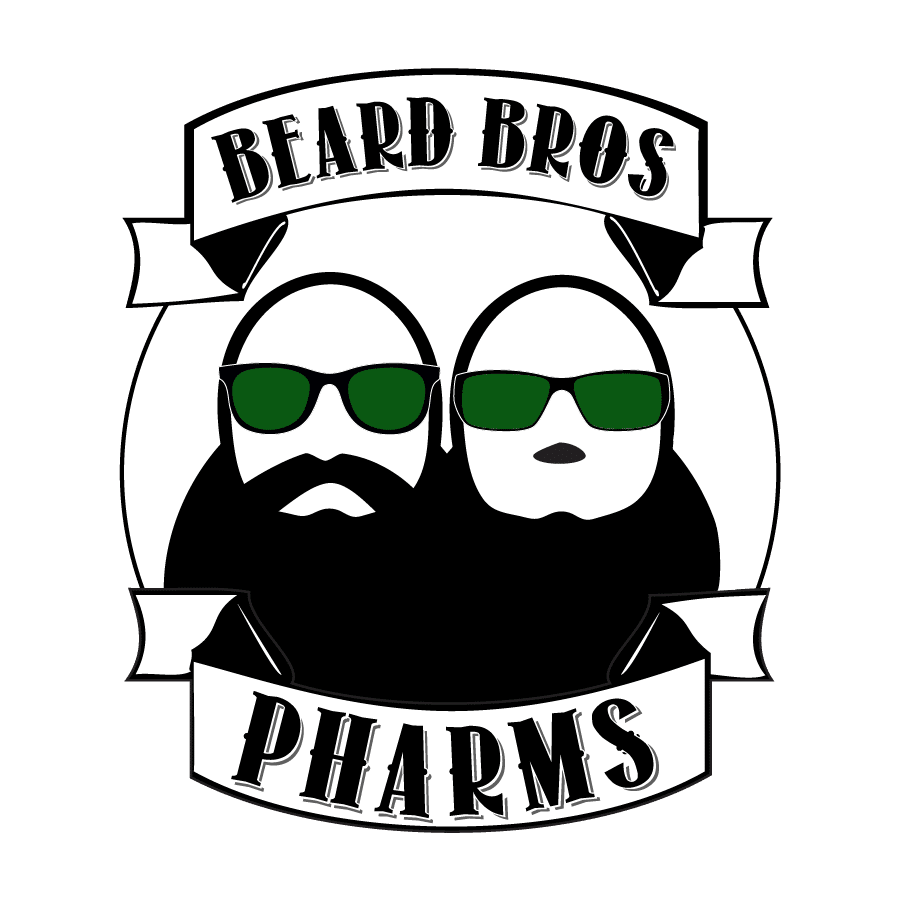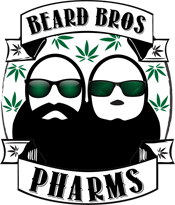 Humboldt Medicine Pt. 1 – Lawrence Ringo, Father of CBD
Humboldt Medicine Pt. 1 – Lawrence Ringo, Father of CBD
Charlotte’s Web was first introduced to the world via a television documentary; what the world didn’t know is that the cultivar actually began in Southern Humboldt.
When CNN aired Dr. Sanjay Gupta’s first documentary “Weed” in 2013, Charlotte’s Web seemed like a miracle plant, with little to no psychoactive properties. The cultivar was named after the then four year old Charlotte Figi, who suffers from Dravet Syndrome, enduring up to 300 grand mal seizures per week. Figi benefited greatly from oil derived from the strain, and her story was told on national television via Gupta’s documentary.
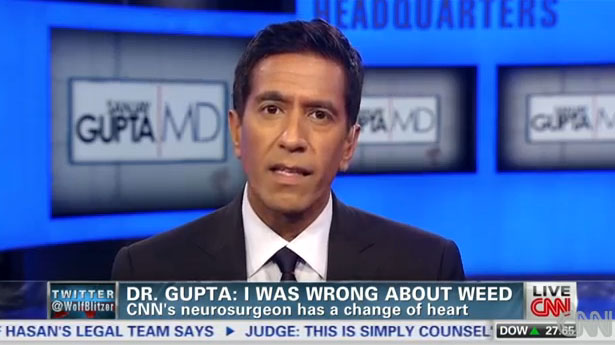
Due to the legalities of prohibition, the story of the cultivar’s lineage was left untold. Charlotte’s Web came from a combination of seeds and starts purchased from the Southern Humboldt Seed Collective after being painstakingly hybridized by Lawrence Ringo.
Another little known fact, is that a group of some 40 children with seizures were already being helped in Northern California with Ringo’s CBD strains, long before Figi’s story made headlines. Due to the covert nature of the region, combined with a fear of Child Protective Services, the story was kept under wraps.
Historic Horticulture
Historically speaking, it was the cannabis farmers in Northern California who first focused on hybridizing the psychoactive properties of the plant. Lawrence Ringo – who had been growing weed since he was 15, and then farmed in Southern Humboldt for 35 years – hybridized the THC (tetrahydrocannabinol) back down on some of his plants, while raising the CBD (cannabinoid) compounds up to new heights.

Photo Credit: SoHum Seeds
As with many medicine makers, his intent was personal. He’d suffered from severe back pain since childhood. Missing a disk between his third and fourth vertebrae, his bone on bone pain required something more than the pharmaceuticals could offer.
His widow, Kat Hart, said he also developed the cultivars to enhance his guitar playing – demonstrating the versatility of the plant as a crossover from recreational to medicinal in one strum, so to speak.
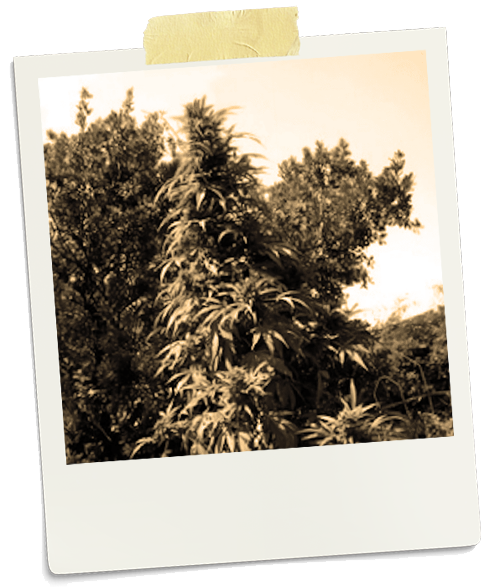
As if Ringo’s history in weed isn’t colorful enough, he was taught to grow cannabis by the head of a neighborhood Hell’s Angels, after finding and returning a snub-nosed .38, a sapphire gold ring, and a film can of cocaine. He threw the cocaine away, returned the ring and gun, and noted the rather large sativa plant in the man’s yard. When the man asked what he wanted for returning the items, he quickly replied he wanted to learn how to grow weed.
It took him years to develop the strains that would help his own back pain, while enabling him to maintain productivity throughout the day. His goal was not to get as high as possible, but rather, to be as pain-free as possible. He saved the seeds of the plants that offered the most relief, and eventually hybridized them to get the strains we are familiar with today.
Ringo relied solely on the cultivars he developed to control his pain. In an O’Shaughnessy’s Journal article published in 2011, Ringo stated, “I’ve been to every doctor and chiropractor. No one can really help. When my back really hurts I do the high-CBD kief. Two pipe loads and I can go out and do anything – ride a motorcycle, work in the garden.”
From Farmer to Innovator

Though Ringo is known for his hybrids, he’s also known for using Light Deprivation starting in 1980 – a technique commonly used today, tricking plants into thinking it’s time to flower.
According to Ringo’s bio, found on KingofCBDGenetics.com, Ringo covered his greenhouse, blocking out all sunlight. This encouraged early sexing, enabled females to be planted in early May, and ensured that large plants would harvest earlier. This ensures fresh medicine through the summer months when there is typically a void of plant material until a fall harvest. Because the CBD strains are not trimmed, allowing for whole plant compounds, there is no excess.
On his 40 acres in Blocksburg, California, Ringo honed his skills as a farmer and breeder. He worked with landrace cultivars from around the world, including Mexico, Thailand, and Afghanistan. These are the strains that helped to create the high THC strains we have in today’s cannabis market.
Ringo left Humboldt County for Santa Cruz to raise his boys, but ended up back in Blocksburg, purchasing seeds from Emery’s Seed Company. With eight initial strains, Ringo developed 20 new ones, starting Kush Seeds, then the Southern Humboldt Seed Collective, or SoHum Seeds.
The day Samantha Miller of Pure Analytics called to let the team know his Sour Tsunami measured in upwards of 11.3 percent CBD, while retaining six-to-seven percent THC, Kat said everyone cheered. This was the first time Miller had come into contact with high CBD cultivars, and the findings were not lost on her. The bigger news, was Miller advised he had eight other cultivars that also had the potential of testing high in CBD.
“At that point we knew very little about CBD, but Samantha conveyed its importance,” Hart shared. “It was really the defining moment for So Hum Seeds as we know it now.”
As Hart explains, Sour Tsunami was the first cultivar to test dominant for CBD, then came Harle-Tsu, Canna-Tsu, and Swiss-Tsu. Current strains available in its catalog include ACDC (bred by Dr. William Courtney), Canna Tsu, Cheesel O, Harle Tsu, Hula Budda, Kona, Pineapple Tsunami, Purple Diesel, Sour Tsunami, Swiss Tsu, and OG Cheese Dog.
Ringo’s Harle Tsu is an excellent example, as it stands tall with a 20:1 ratio of CBD testing upwards of 22 percent CBD.
Breaking Down the Plant
Ironically, legalization in Colorado allowed the Figi story to be told, which has helped change public perception of the plant altogether. Hart said it stung when a version of Ringo’s CBD cultivar took center stage in the CNN documentary, laughingly referred to as a “Hippie’s Disappointment,” for lack of THC. Its Humboldt lineage went unmentioned due to the legalities of crossing state lines with the seeds and starts.
Records provided by Hart reveal that Charlotte’s Webs’ ancestry may stem from a combination of Harlequin and Sour Tsunami, but Hart said the profiling shows a grab bag of varieties, albeit, with Ringo’s strains predominantly in the mix.
“Phylos Bioscience genetically tested Charlotte’s Web and it does show a connection, but it also shows that we were not the first to work with high CBD strains,” Hart shared.
What Phylos discovered, is that while Ringo was honing his CBD in Southern Humboldt, breeders in Spain were working on the same exact process. If the universe really is aligned, then cannabis was a conduit in this instance.
Where Charlotte’s Web is concerned, Hart said Ringo remembered selling Harle Tsu seeds to the proprietors of Charlotte’s Web during a High Times Cannabis Cup. If Charlotte’s Web came from those seeds, then its lineage would be unique. But the plot thickens, as Ringo’s assistant at the time shared that the party visited the farm later, purchasing Harlequin and Sour Tsunami starts, complicating the issue.
Continuing Tradition
Ringo passed away in 2014 from lung cancer. With little warning, he was diagnosed with Stage 4 cancer and given just two months to live. Though Hart said they consulted with some of the top experts in cannabis medicine, they were encouraged to do a round of radiation due to the severity and the location of the tumor.
“He immediately began eating the oil,” Hart shared. “He was ingesting his own CO2 high THC oil, with a 3:1 CBD. He never regained any strength after the radiation to even be able to try the chemo.” The severe diagnosis and subsequent radiation treatment were too much to handle in the end.
The genetics he left behind are his legacy, carried on by his children, who were raised farming in Humboldt. His eldest son, Levi and his wife Danielle, now run the Southern Humboldt Seed Collective, and are the keepers of the cultivars.
“The cooperative was formed to help support local farmers and be able to provide enough CBD medicine to meet supply and demand,” Hart added. “We provide clones of our genetics, the farmers grow it, and the cooperative purchases it. We have a couple CO2 extractors, and have applications pending for a dispensary and a manufacturing facility.”
“I’m not the farmer, Ringo was. But, I’ll never be far away from the magic he made. It’s everywhere now, and we as a cooperative are very proud of Ringo’s legacy,” she added. “He was extremely generous, which is why the cultivars he created are so widespread. He believed in helping others for the greater good.”
To learn more about Lawrence Ringo, visit the Southern Humboldt Seed Collective at KingOfCBDGenetics.com
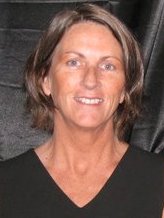
Guest contributor Sharon Letts began her life’s work at the age of 24 as a flower gardener in Southern California.
Gardening turned to media, when she was asked to produce and host a visiting gardening show, In and Out of the Garden, for local television. She then went on to executive produce, Off the Beaten Path, a travelogue in California for PBS.
After working as a field and segment producer for documentary and magazine shows for television in Los Angeles, Sharon was brought up to Humboldt County to produce a news show.
While working in media in the cannabis capital of the world, Sharon presented with Lobular Carcinoma (breast cancer). Due to her location, she was given cannabis oil, successfully putting the cancer into remission, while simultaneously doing away with up to 10 prescription medications and supplements.
To date, Sharon has covered six states and three countries on cannabis as medicine; writing internationally for many publications. Her many patient profiles include cover features on celebrities, Tommy Chong, Willie Nelson, and Melissa Etheridge.
She has published two works of fiction, and has just finished a screenplay from her book Cannaopolis, inspired by her time in Humboldt County; and is currently developing and pitching intelligent magazine, reality and documentary shows for TV on the subject.
This story was originally published in The Emerald Magazine
Keep updated on all the latest news and updates in the Cannabis industry here at Beard Bros Pharms by signing for our Friday Sesh Newsletter here. Always Dank and Never Spam!
Most Popular News Posts
- Will We Eventually Have Psilocybin Dispensaries… Should We?
- Compassion Never Left California Cannabis, In Fact it is Stronger Than Ever
- Trying to Appeal to Phantom ‘New Cannabis Users’ is Killing Marijuana Megabrands
- “They’ll Come Back with Their Cousins and Guns”: Racism in America’s Cannabis History and Why it Matters Today
